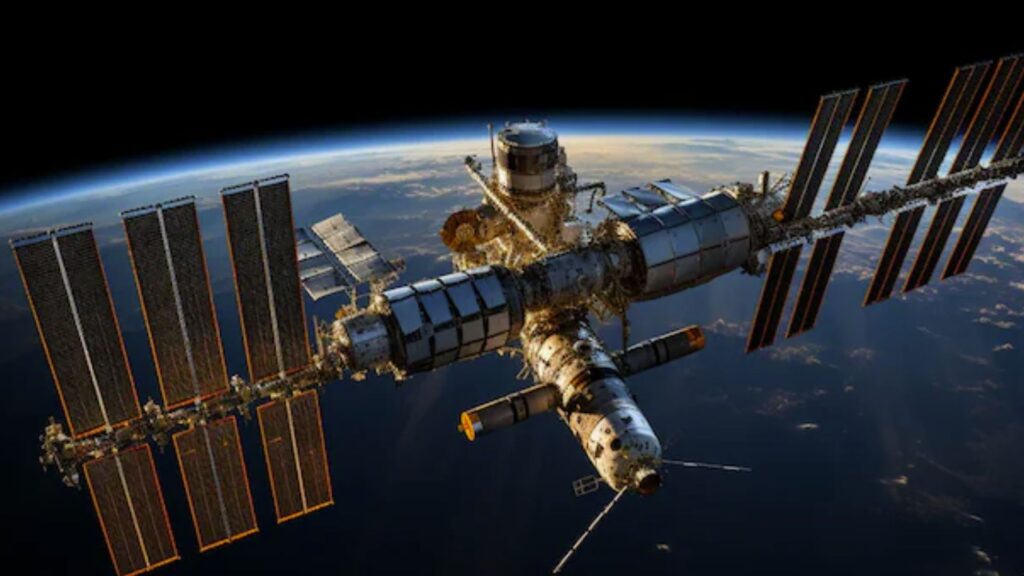The International Space Station (ISS) is a huge space laboratory. It is a hub for scientific research, technological innovation, and international collaboration. The ISS is not just a scientific laboratory, it’s also an example of international cooperation. It is a joint collaboration of few countries.
You will be amazed to know how a station in space was set up and how it works. Here are some fascinating facts about the ISS.
What is ISS ?

Overall, the ISS isn’t just a place where astronauts live and work. It is much more than just a space station. It’s a scientific research platform that helps humanity better understand space and improve life on Earth!
The station brings together scientists, engineers, and astronauts from around the world, allowing different countries to share knowledge and resources. It’s one of the most ambitious joint projects ever undertaken in the history of space exploration.
The ISS plays a key role in providing the necessary data and experience needed to keep humans healthy during deep space missions.
Size and Weight: The ISS is about the size of a football field, measuring 72.8 meters (239 feet) end to end. It weighs approximately 420,000 kilograms (925,000 pounds), making it the largest human-made structure in space.
Orbit
The ISS orbits Earth at an average altitude of around 400 kilometers (about 250 miles). It travels at a speed of approximately 28,000 kilometers per hour (17,500 miles per hour), which means it completes one orbit around Earth roughly every 90 minutes.
Construction
Building the ISS took more than a decade. It involved more than 100 space shuttle missions and numerous launches of components into orbit. The station was assembled piece by piece in space.
International Collaboration
The ISS is a joint project between five participating space agencies: NASA (USA), Roscosmos (Russia), JAXA (Japan), ESA (Europe), and CSA (Canada). It’s a testament to global cooperation in space exploration.
Crew and Research
The ISS typically houses a crew of six astronauts, though this number can vary. They conduct scientific experiments in a variety of fields such as biology, physics, astronomy, and materials science, providing insights that would be impossible to achieve on Earth due to gravity.
Living in Space

The astronauts aboard the ISS experience microgravity, which means they live and work in a weightless environment. They must adapt to daily tasks like eating, sleeping, and exercising in zero gravity.
Solar Power
The ISS is powered by large solar arrays that convert sunlight into electricity. These arrays can generate up to 120 kilowatts of power, which is enough to keep the station operational.
Duration
The ISS has been continuously inhabited since November 2, 2000, making it one of the longest continuous human presences in space.
Laboratory
The ISS functions as a state-of-the-art space laboratory. Experiments conducted aboard the ISS have led to advances in medicine, technology, and our understanding of the universe. For example, the research on bone density loss in astronauts has contributed to improved treatments for osteoporosis.
Spacewalks
Astronauts regularly conduct spacewalks (extravehicular activities, or EVAs) to maintain and repair the ISS. These walks take place outside the station, often requiring astronauts to wear specially designed spacesuits.


